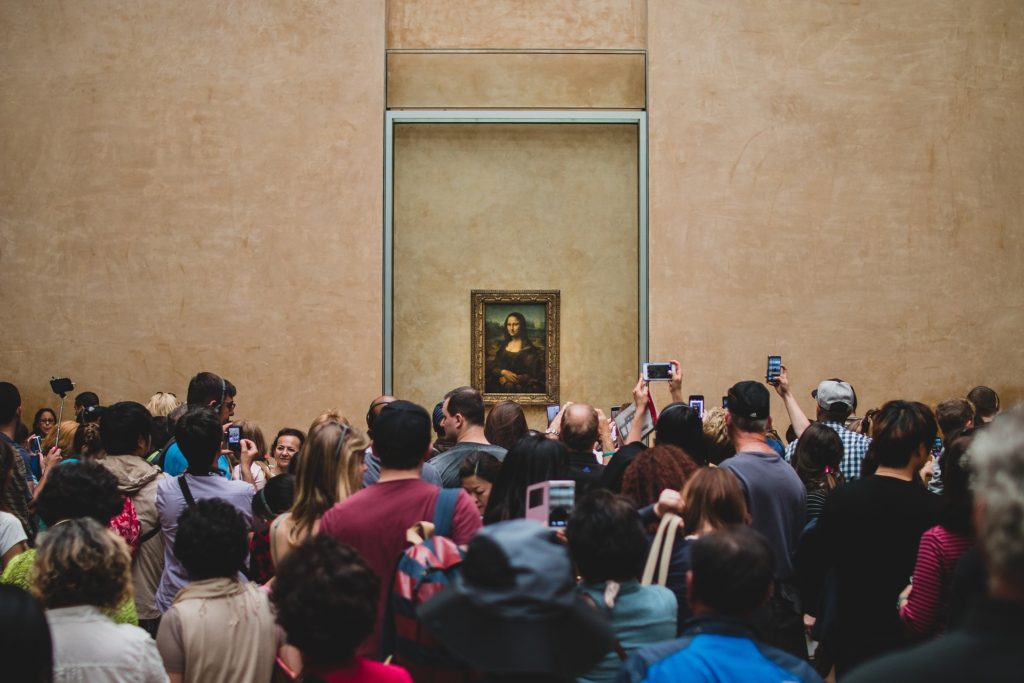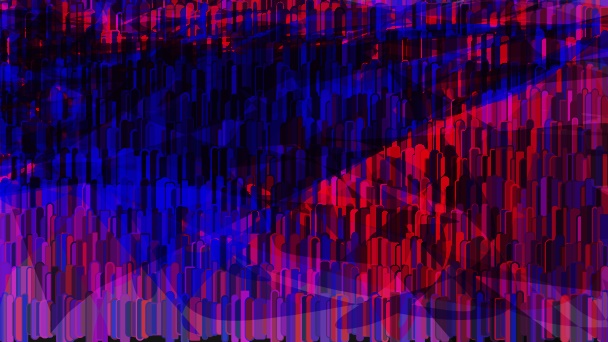Remember that post about five questions people ask Google about Dracula? It was inspired by Google’s autocomplete feature that reveals the most common questions about a certain topic as you begin typing. This leaves room for incredible stupidity – I’ve discovered people ask Google “Is the moon made of cheese?Perhaps I should’ve said "ignorance" instead of "stupidity". It’s plausible – a well-meaning individual might say – that the question is asked by very young children. On the other hand, I have a great memory, I remember my childhood very well, and I can assure you, though there was no internet when I was a kid, I certainly didn’t think the moon was made of cheese. Parenthetically, other questions are "Is the moon a planet?" and "Is the moon a star?"” – however it’s also an interesting tool for social research. In today’s post, I examine three questions beginning with “How to write a novel about…”
As with the Dracula post, starting this one I have no idea what I’ll get if I begin typing “how to write a novel about”, so I’ll brace myself and begin. Let’s get started!


